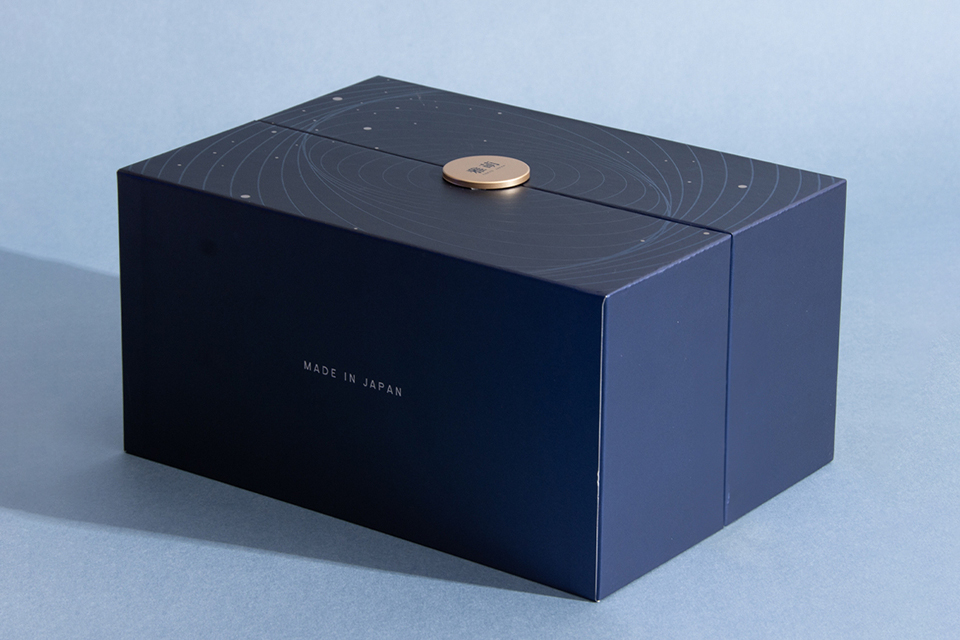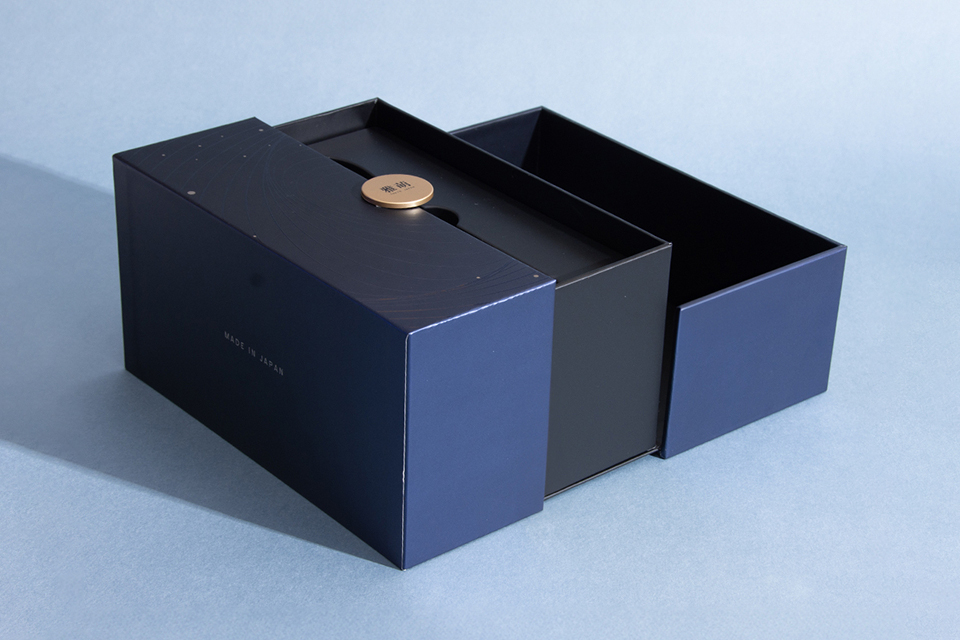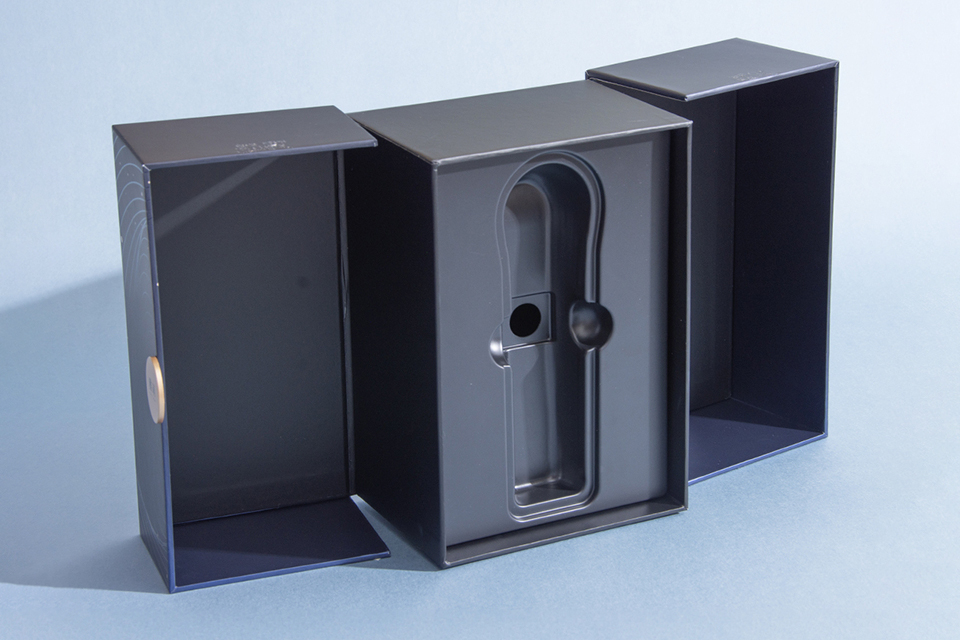Minimale verpakkingen: Geheime stijlmethoden voor invloed
In hedendaagse markten is uniek Productverpakkingsontwerp van cruciaal belang voor de perceptie van de klant. Minimale productverpakkingen gebruiken een krachtige aanpak.
Inleiding
In hedendaagse markten heeft uniek productverpakkingsdesign een cruciale invloed op de aannames van de klant. Minimale productverpakking maakt gebruik van een krachtige aanpak. Het ontwikkelt een unieke esthetiek. Deze strategie trekt de aandacht door de nadruk te leggen op het product zelf. Het kernprincipe omvat het reduceren van verpakkingsmaterialen. Het stroomlijnt ook de esthetische presentatie van het productverpakkingsdesign. Dit artikel bekijkt basisideeën en betrouwbare aanpakken binnen minimalistische productverpakking. We zullen de betekenis, de rationale, de toekomstige traject en bepaalde stijltoepassingen onderzoeken. Deze inzichten zullen bedrijven zeker helpen om geavanceerde en impactvolle productdiscussies te creëren.

Minimalistische productverpakking specificeren: kernprincipes
Minimalistische productverpakking belichaamt een designaanpak die gericht is op bewuste reductie. Het verwijdert systematisch onnodige elementen van het Verpakkingsdesign. Deze methode concentreert zich op essentiële elementen. Ontwikkelaars die deze aanpak gebruiken, beperken nauwgezet kleuren, vormen, texturen, materialen en visuele behandelingen. Deze beperking vermindert de esthetische "ruis". Daardoor wordt het product zelf het belangrijkste middelpunt. Het gezegde "less is more" vat deze stijl-ethos perfect samen. Een eenvoudige, schone productverpakkingsstijl kan een aanzienlijke esthetische impact bereiken. Het blijkt vaak net zo overtuigend als complexere constructies. Belangrijke aspecten om te overwegen bij minimale verpakkingen zijn onder andere kleurencombinaties, structurele stijl, grafische inhoud, typografie en productkeuzes. Het overkoepelende doel is om maximale eenvoud te behouden zonder de visuele aantrekkingskracht of merkcommunicatie op te offeren. Deze aanpak vereist precisie en doelbewuste keuzes van ontwerpers.
De reden om minimalistische verpakkingen te omarmen
De toenemende toepassing van Minimalistische Verpakkingen door diverse markten is niet toevallig. Deze Productverpakkingsontwerpstechniek biedt talloze, aantrekkelijke voordelen. Ten eerste verlaagt het doorgaans de productiekosten. Eenvoudigere stijlen vereisen meestal veel minder inkt. Ze kunnen minder onderscheidende producten gebruiken. Productieprocessen kunnen bovendien veel gestructureerder worden. Ten tweede spreken Minimalistische Verpakkingen sterk aan bij het moderne consumenteninzicht. Veel hedendaagse consumenten hechten waarde aan authenticiteit. Ze zoeken naar overzichtelijke ervaringen en geven vaak de voorkeur aan merken die milieubewustzijn tonen. Ten derde helpt deze strategie organisaties om concurrerend te blijven. In visueel verzadigde retailomgevingen kan eenvoud een uniek onderscheidend punt creëren. Het laat een product toe om subtiel maar effectief de aandacht te trekken. Bovendien benadrukt minimalisme inherent de duidelijkheid en de essentie van het product. Het laat de inherente kwaliteiten van het product direct met de consument communiceren. Het Verpakkingsontwerp fungeert als een verfijnde structuur in plaats van een hoofdrol. Tot slot voorspelt Minimalistische Productverpakking vaak een milieuvriendelijk imago. Verminderd materiaalgebruik vertaalt zich direct in minder afval. Dit komt overeen met de groeiende wereldwijde zorgen over duurzaamheid. Dientengevolge vereist het ook minder opslagruimte in opslagfaciliteiten en retailomgevingen, waardoor de logistieke efficiëntie wordt verbeterd.
De Traject van Minimalistische Productverpakkingen: Toekomstverwachtingen
De toekomstige vooruitzichten voor Minimalistische Productverpakkingen lijken buitengewoon gunstig. Het wereldwijde bewustzijn met betrekking tot milieu-impact blijft toenemen. Meer bedrijven erkennen nu de aanzienlijke voordelen van deze Productverpakkingsontwerpideologie. Bedrijven kunnen het materiaalverbruik aanzienlijk verminderen via minimale technieken. Dit vermindert direct de afvalproductie. Het vermindert ook de totale milieu-impact van hun aangepaste Productverpakkingsontwerp voor producten. De toekomst is veelbelovend omdat minimalisme innovatieve oplossingen stimuleert. Deze oplossingen komen zowel bedrijven als klanten ten goede. Met kritische creativiteit kunnen bedrijven opvallende ontwerpen ontwikkelen. Deze ontwerpen bevorderen duurzaamheid en minimaliseren tegelijkertijd de uitputting van hulpbronnen. Uiteindelijk stelt Minimalistische Productverpakking bedrijven in staat zich te onderscheiden. Het biedt tegelijkertijd consumenten een aantrekkelijke, verantwoorde productpresentatie. Deze trend zal waarschijnlijk beter integreren met slimme verpakkingsinnovaties, waarbij een schone esthetiek behouden blijft terwijl functionaliteit wordt ingebouwd.
Het Cognitieve Effect en de Eco-Efficiëntie van Minimalisme
De efficiëntie van Minimalistische Productverpakkingen strekt zich uit tot voorbij uiterlijk en kosten. Het heeft unieke cognitieve en ecologische voordelen die geworteld zijn in wetenschappelijke principes. Vanuit cognitief-psychologisch oogpunt verbetert eenvoud de verwerkingsvloeibaarheid. De menselijke hersenen verwerken visueel eenvoudige informatie veel gemakkelijker en sneller dan complexe stimuli. Dit gemak van verwerking leidt vaak tot positieve affectieve reacties. Consumenten kunnen minimalistische stijlen als eenvoudiger, verfijnder of gebruiksvriendelijker beschouwen. Deze onbewuste keuze kan de aankoopbeslissingen aanzienlijk beïnvloeden.
Milieuvriendelijk vertaalt het principe "minder is meer" zich direct in een verbeterde eco-efficiëntie. Het minimaliseren van de producthoeveelheid verlaagt van nature de belasting van de winning van grondstoffen. Het vermindert ook het energieverbruik tijdens productie en transport. Bovendien geeft Minimalistische Verpakking vaak de voorkeur aan monomaterialen of gemakkelijk te scheiden componenten. Deze ontwerpconsideratie verbetert de recycleerbaarheid aanzienlijk. Levenscyclusanalyses (LCA's) voor minimalistische verpakkingen laten vaak een lagere koolstofvoetafdruk zien in vergelijking met complexe, multi-materialen opties. De focus op essentialisme in Minimalistische Productverpakking sluit perfect aan bij de doelstellingen van de circulaire economie, gericht op het zo lang mogelijk in gebruik houden van bronnen.

Vijf Geheime Minimalistische Verpakkingsontwerpstrategieën
1. Optimalisatie en keuze van materiaalhoeveelheid
Minimalist Product packaging fundamentally highlights the reliable use products. This method is obtaining popularity. It directly helps reduce waste and save valuable natural deposits. To achieve a minimal impact, firms should select products identified by:
- Lightweight homes to lower shiping impacts.
- High recyclability or compostability to support end-of-life options.
- Simplicity of assembly to streamline production processes. Services ought to additionally critically evaluate the number of product packaging layers. They need to aim to minimize the total amount of products used. Advanced printing techniques, such as digital printing, can support marginal ink protection. These methods add to cost financial savings. They also lower waste generation. This alternative approach cultivates an extra sustainable Packaging Design.
2. Strategic Application of Neutral Shade Palettes
Using neutral colors makes up a very effective strategy in Minimalist Packaging. For a layout that radiates underrated beauty, neutral tones provide a robust structure. Common neutral shades consist of:
- White, conveying purity and clearness.
- Black, suggesting class and authority.
- Gray, supplying balance and modernity.
- Off-white, providing warmth and simplicity.
- Brown, evoking earthiness and authenticity. Adherence to these shades ensures the Packaging Layout continues to be visually convenient for the customer. Neutral shades properly keep focus on the product itself. They attain this without reducing the inherent minimalistic charm. These colors also have intrinsic flexibility. This makes them easily integrable right into almost any product category or branding plan. Comprehensive use unfavorable area, often white room, enhances neutral palettes. It functions as an active layout component, boosting perceived value.
3. Logo-Centric Brand Communication
A popular and well-considered logo is pivotal for success in the competitive industry. This component becomes even more vital in Minimalist Packaging. A simple, impactful logo design or a thoughtfully chosen icon can form the foundation of an effective design. Easier logo designs often attain the best impact. They tend to develop more enduring impressions. By lessening the variety of components within the logo design itself, developers keep the focus directly on the brand name identification. Enough use of surrounding room, particularly a clean history, further distinguishes the logo design. This tactical positioning assists the product to be highlighted. It makes sure the product plan looks special and specialist. The logo design ends up being the primary identifier, magnified by the bordering simpleness.
4. Implementing Seeing-Through Product Packaging Solutions
Think about clear panels or totally clear frameworks for modern-day Minimalist Product packaging concepts. Seeing-Through Product packaging supplies distinct advantages. It gives customers with a direct sneak peek of the product’s appearance. This openness can produce anticipation andd enjoyment for the unboxing experience. This contemporary technique to Packaging Layout enables brands to elevate their presentation. It concurrently preserves a fine-tuned, minimal visual. To enhance this technique, developers can introduce refined accents or shades through purposefully placed labels. These elements can display unique style without frustrating the core transparency. Seeing-Through Product packaging shows item confidence. It lowers the requirement for sophisticated printed graphics showing the components. Products like clear pet dog, rPET (recycled family pet), or plant-based PLA are common options for Seeing-Through Packaging.
5. Wise and Impactful Use Text
Minimal Product packaging Style naturally calls for a restrained method to textual content. Despite compulsory labeling and informative requirements, approaches exist to maintain message marginal. Developers achieve this through creative typography. They may use very carefully selected large font styles for vital messages. They additionally utilize concise, minimalistic wording. Too much message can easily detract from the overall minimalist ethos. For that reason, locating an equilibrium between necessary information and aesthetic clarity is essentail. Developers ought to consider exactly how to interact vital information with the fewest feasible words. For example, a brand name may utilize its logo or a concise slogan rather than lengthy detailed phrases to highlight its identity. By utilizing message moderately adn deliberately, brand names maintain a tidy, modern-day appearance. This technique successfully communicates necessary info. The resulting Product packaging Design has a captivating quality and an one-upmanship. Typography itself becomes a strong visual element.

Conclusie
Minimal Product packaging represents a sophisticated and very reliable packaging style approach. It champs simplicity, clarity, and resource effectiveness. By strategically decreasing aesthetic mess and material usage, services can develope engaging item presentations. These discussions resonate with contemporary customer preferences for credibility and sustainability. The advantages are complex. They include minimized manufacturing prices, boosted brand name perception, and a lower enviormental impact. Principles like Seeing-Through Packaging and logo-centric layouts further empower brand names to connect with customers transparently. As the market remains to evolve, the principles of Minimalist Product packaging will certainly remain central to ingenious and responsible brand communication.
